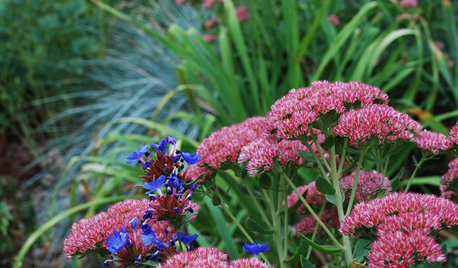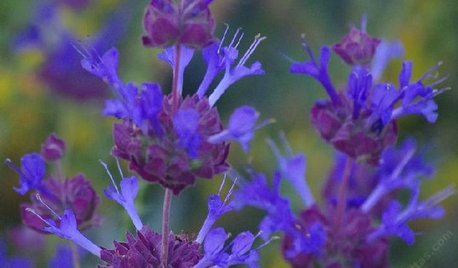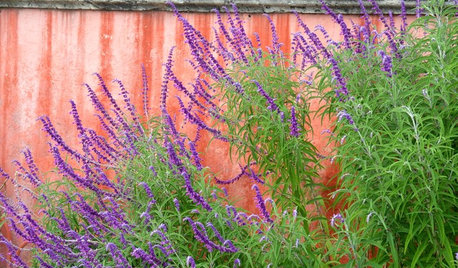killing nutsedge in the Fall
christit
11 years ago
Related Stories

HOUSEPLANTS8 Houseplants You Can't Kill
They're forgiving and let you forget. Houseplants don't get any easier than this
Full Story
GARDENING GUIDESGarden Myths to Debunk as You Dig This Fall and Rest Over Winter
Termites hate wood mulch, don’t amend soil for trees, avoid gravel in planters — and more nuggets of garden wisdom
Full Story
FALL GARDENING7 Reasons Not to Clean Up Your Fall Garden
Before you pluck and rake, consider wildlife, the health of your plants and your own right to relax
Full Story
GARDENING GUIDESFall Is Calling: What to Do in Your October Garden
Get a jump on winter prep or just sit back and watch the leaves fall. The beauty of an autumn garden is in all the choices you have
Full Story
GARDENING GUIDES8 Flowers That Dazzle With Fall Color
From flaming orange to supersaturated purple, these blooming beauties will set your fall garden ablaze with vivid hues
Full Story
GARDENING GUIDES8 Pickable Plants for Fall Centerpieces
Cut flowers and branches make for seasonal arrangements both easy and lovely. Grow these in the garden for the look and feel of fall
Full Story
FALL GARDENINGWhy Fall Is the Best Time for Planting
Spring is overrated for planting. Starting plants in autumn has advantages for both garden and gardener
Full Story
FALL GARDENING5 Ways to Put Fall Leaves to Work in Your Garden
Improve your soil and yard the organic way with a valuable garden booster that grows on trees
Full Story
GARDENING GUIDES10 Plants for Colorful Fall Blooms in the Drought-Tolerant Garden
Want fall color but not a big water bill? Consider these not-too-thirsty fall bloomers
Full Story
LANDSCAPE DESIGN7 Great Trees for Summer Shade and Fall Color
These landscape-pro faves straddle the seasons beautifully. Could one enhance your own yard?
Full Story






dchall_san_antonio
christitOriginal Author
Related Professionals
Danbury Landscape Architects & Landscape Designers · Citrus Heights Landscape Architects & Landscape Designers · Brentwood Landscape Architects & Landscape Designers · Eden Prairie Landscape Architects & Landscape Designers · Concord Landscape Contractors · Dixon Landscape Contractors · Englewood Landscape Contractors · Fort Worth Landscape Contractors · Galveston Landscape Contractors · Goodlettsville Landscape Contractors · New Providence Landscape Contractors · Norwalk Landscape Contractors · Salem Landscape Contractors · Wanaque Landscape Contractors · Glenn Heights Swimming Pool Buildersdchall_san_antonio
eline65
dchall_san_antonio